In the wider population of Steemit (and the larger world population in general!), there is this conception that associates Classical Music with the large symphonic orchestras and the wobbly opera singing that is a small part of what constitutes the field of Classical Music. So, when people say that they don't like Classical music, it really is a catch all term to dismiss nearly a millennium of historical music of widely varying styles! It would be as ludicrous as someone saying that they don't like Justin Bieber, and thus jumping to conclusion that they hate The Beatles, U2, Rancid, Nirvana, all types of Jazz, Dixie, rap and Bob Dillon!
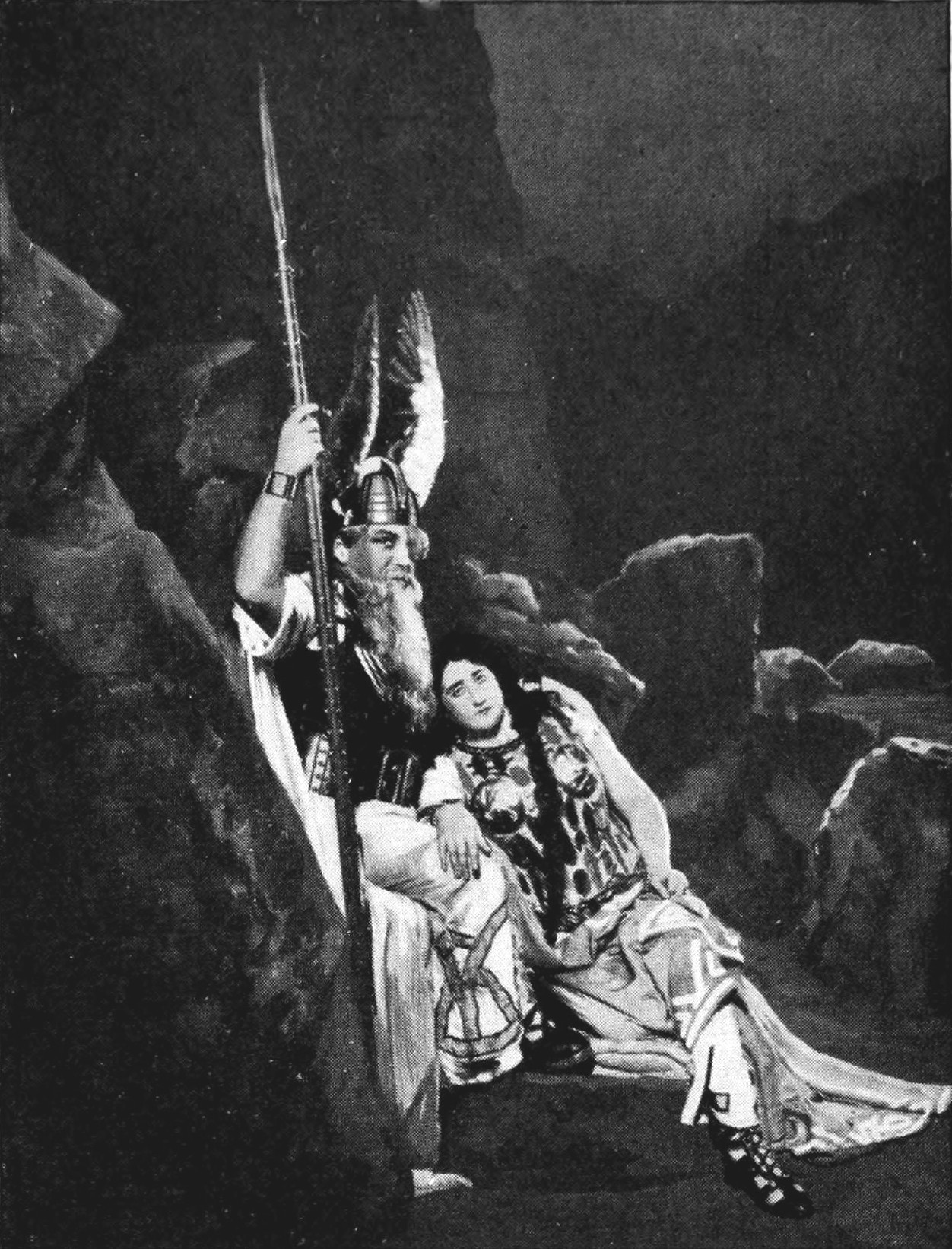
[Wikimedia Commons](https://commons.wikimedia.org/wiki/File:Wagner_-_Die_Walk%C3%BCre_-_Wotan_and_Br%C3%BCnnhilde_-_Rembrandt_-_The_Victrola_book_of_the_opera.jpg)
Part of this problem has been the use of the word "Classical" to denote all the "artistic" music (mostly from countries with a "Western European" background) from history. However, as any "Classical" musician will tell you, there are many eras of "Classical" music, of which the Classical era is only small section of the complete history.
So, in my own little way, in this overview post (I plan to do detailed era posts later), I hope to inform the Steemit universe of the different eras of music that make up the idea of "Classical" music. For clarity, from now I will be using the word "Classical" to refer only to the Classical era music, and historical music to refer to the broad sweep of music history (that is commonly referred to as Classical Music). Hope that was clear!
Anyway, I will focus on providing musical examples of each era along with some historical text and flavour. However, in a topic like this, it is much better to hear the differences rather than talk about them. I have tried to restrict myself to four examples from each broad era, obviously it is too few to convey the vast span and variety of these eras, but the detail will have to wait for my in-depth posts on each individual era.
So, a great deal of care needed to go into "curating" (Haha...) the best videos from YouTube, with the best performances of perhaps some of the most representative pieces in the historically informed styles of performance in each era.

#
Contents
1. When to define an era change?
2. Renaissance music (1400-1600)
3. Baroque Music (1600-1750)
4. Classical Music (1750-1820)
5. Romantic Music (1780-1900)
6. 20th Century Music (1900-present)
7. Closing

#
When to define an era change?
The change of musical styles throughout time is a gradual process as each individual composer develops their own style and tastes of composition. In addition, ideas and various musical fashions sweep into favour with the public audience and then out of favour again. So, as with all types of social classifications, it is difficult to point to a single point in time where we can make the switch from one musical style to another. However, as a musician or a music lover, we do see the differences and can make the rough classification of one composer's music as one genre or another.
Or, to borrow a phrase that was originally applied to obscenity and pornography:
>"I know it when I see it"
US Supreme Court Justice Potter Stewart
Music did not evolve in a vacuum and the changes of eras and the accompanying changes in musical style were a reflection of the prevailing ideas and philosophies of the contemporary population. It is possible to see the same influences in other art forms such as painting, sculpture and architecture.
###
Isn't all old music Classical?
Well, no. As the writer and curator for @classical-radio, I'm starting to realise that some people also consider Bee-gees and Elvis to be "Classical" Music. However, to answer the question, it is important to really separate out the differences in the history of Western historical music. Music had evolved a lot over the last four hundred years and so it doesn't make sense to lump everything under the single term "Classical" music, especially when the term "classical" refers to a specific era in the long swathe of musical history.
As an illustration of how much musical styles and fashions can change over a much shorter time frame (one hundred years), see this video below.

#
Renaissance Music (1400-1600)
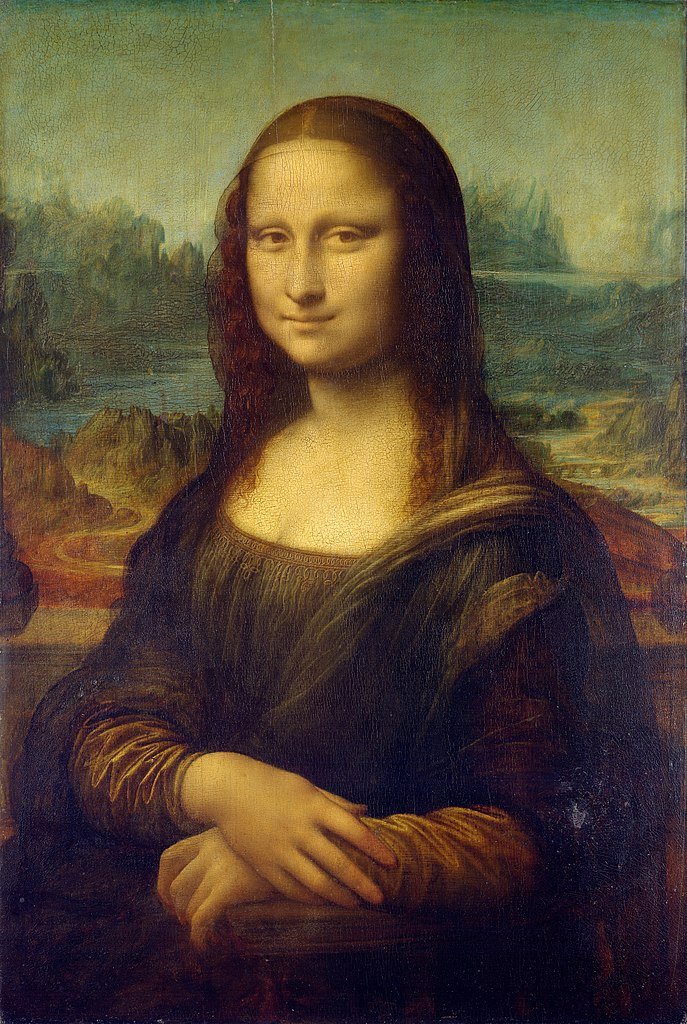
[Wikimedia Commons](https://commons.wikimedia.org/wiki/File:Mona_Lisa,_by_Leonardo_da_Vinci,_from_C2RMF_retouched.jpg)
This era of the Renaissance is generally classified to cover the two centuries from 1400 through to 1600 and it generally accepted to end around the life of [Monteverdi](https://en.wikipedia.org/wiki/Claudio_Monteverdi). It was the era that bridged the divide between the Middle Ages and the Baroque, and most notably it was the first time that written information about music (via the invention of the printing press around 1423) was more easily accessible to the contemporary population (and more importantly, to future generations of musicians and musicologists).
The music of this era was dominated by what was known as polyphony. This was the practice of have completely independent musical parts (voices) that would overlap and intertwine whilst creating a pleasing combination. This would be in stark contrast to later styles that employed homophony, where there was a single important line that was supported by the other voices.
This was also a time for great experimentation and exploration of both musical ideas in rhythm, harmony and notation as very little had been set down in the Middle Ages and earlier. It was the time when the primitive relations of what we consider to be our modern acoustic instruments were developed and also the time when the old church modal harmonies and scales began to give way to newer ideas of major and minor tonality.
###
Musical Examples of the Renaissance

#
Baroque Music (1600-1750)
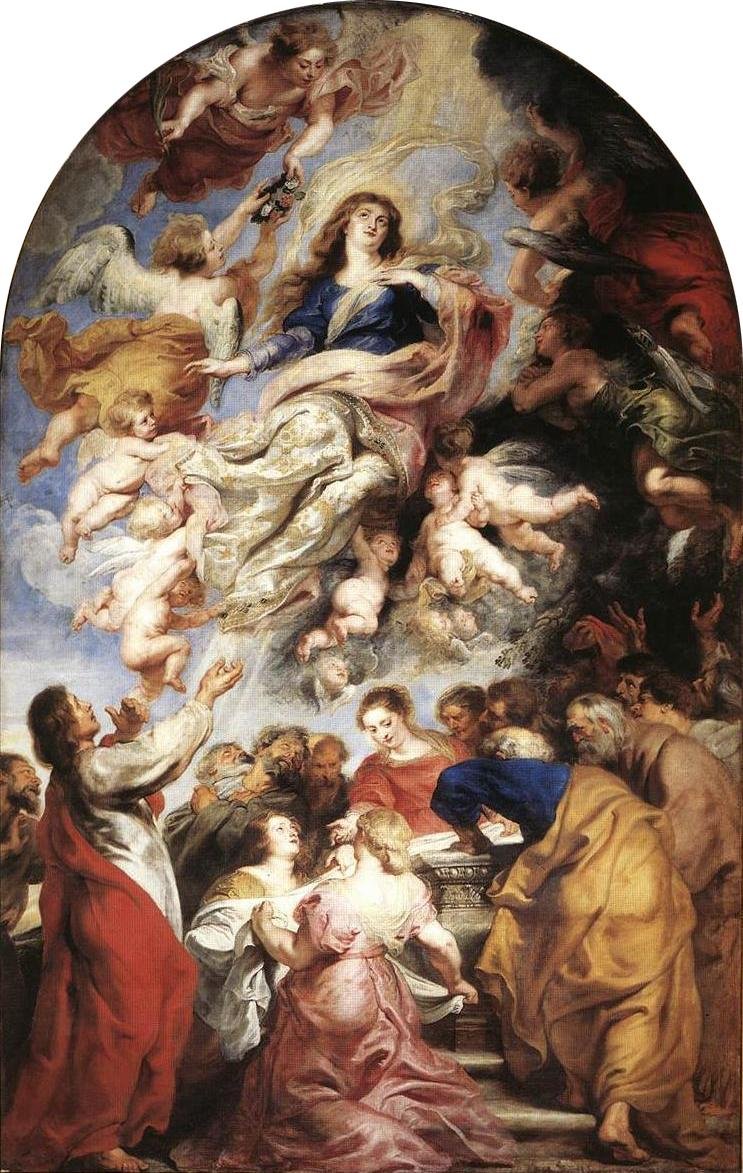
[Wikimedia Commons](https://commons.wikimedia.org/wiki/Baroque_art#/media/File:Baroque_Rubens_Assumption-of-Virgin-3.jpg)
Let me start off this section by saying that I can't be objective about this era of music. This is the area of my specialisation, and needless to say, I chose it because it really is the moment in music that most speaks to my heart and mind!
The Baroque era was most associated with the idea of ornamentation and improvisation. If you look upon the art and architecture of the time, the basic structure was always elaborately ornamented and decorated. As music and all art forms imitated and influenced each other, the same ideas of ornamentation and elaboration upon a basic structure also was front and centre in the music from this time.
Widely held to have begun around the time of Monteverdi's "Orfeo" and to have finished around the time of the death of JS Bach, the Baroque era was one that was dominated by rival national traditions and tastes in music making. In addition, the rapid development of styles over time, makes it difficult to pin down a definitive style for the entire period. Much of the early Baroque differs quite wildly with music from High Baroque, and likewise, the Italian and French schools (and later the German) were completely contrasting in character and taste.
This was also the earliest era of professional musicians documenting their actual performance practices for widespread reading, and thus, we have much evidence (indirect, due to the ephemeral nature of music) about the techniques and tastes of the time. In this time, the person of the composer was the same as the performer, all musicians were expected to learn the practice of composition in addition to the practice of performance. Thus, there was a much greater understanding of musical harmony and structure in comparison to the specialised professions of later ages.
Improvisation was also a key characteristic of the age, in fact, the basso continuo served a similar purpose to the current day jazz rhythm/bass sections, a harmonic support that was almost wholly improvised. The upper melodic lines were expected to improvise according to taste (which was something that was defined by national style and the compositional affect), both small scale ornamentation (like divisions and trills) or large scale reworkings of a harmonic skeleton.
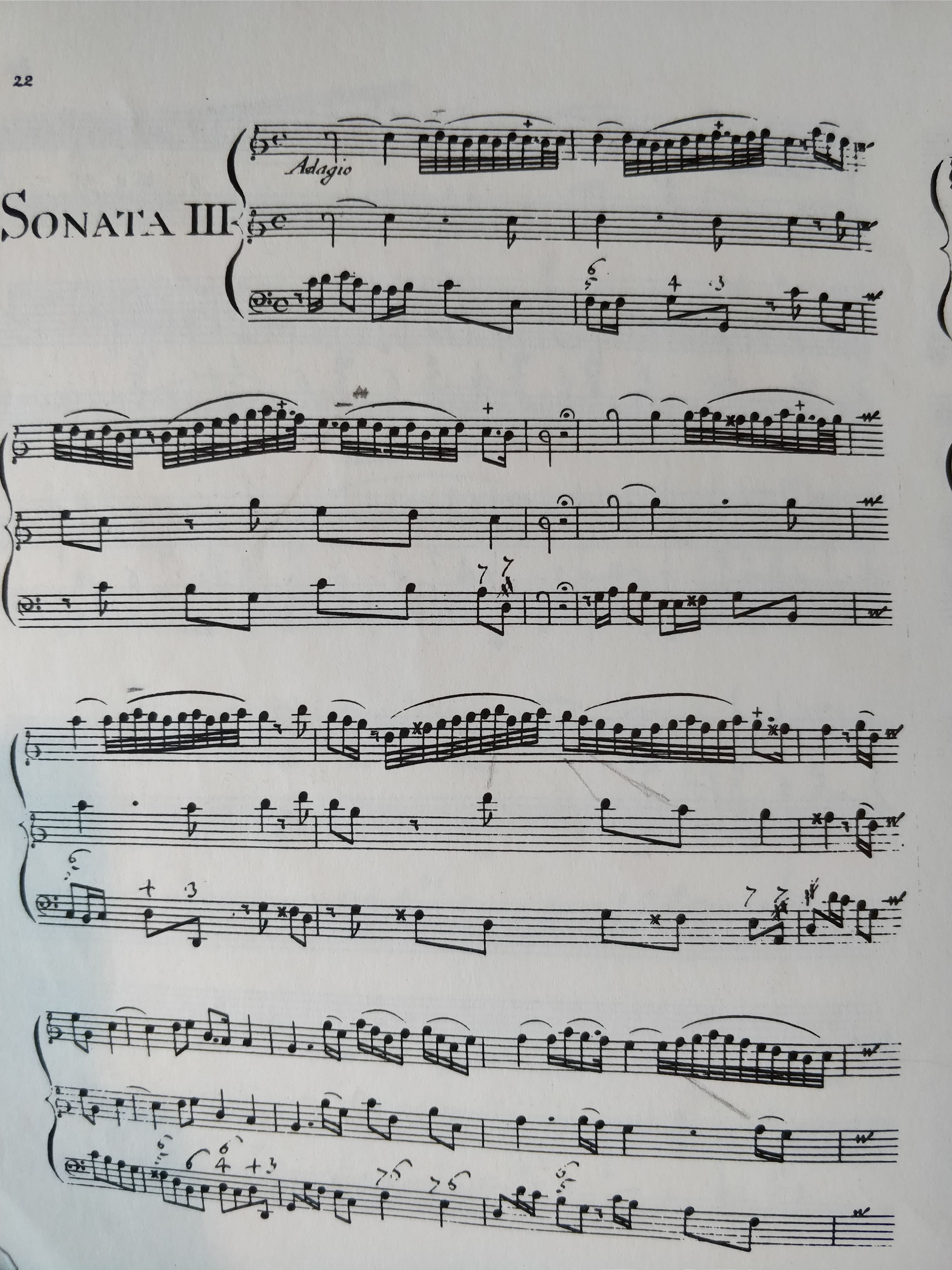
In the above excerpt, from Corelli's Opus 5 sonatas, the top line is an embellished version of the skeleton middle line. As you can see, it is incredibly ornate in comparison to the basis. The bottom line is the continuo line, with only a harmonic structure indicated by the figured bass (numbers), upon which the keyboardist was supposed to create a completely improvised right hand.
Another key idea of this period was the tying together of the ancient ideas of rhetoric and music. Music was considered an extension of language, and thus the ideas of rhetorical argument were considered appropriately applied to music as well. This idea of rhetoric in music was felt most strongly in the German school of music, however, it was still applicable to the other national schools of music as it was a prevailing idea at the time.
###
Musical Examples of the Baroque

#
Classical Music (1750-1820)

[Wikimedia Commons](https://commons.wikimedia.org/wiki/File:Pieter_Rijsbraeck_-_Classical_Landscape_with_Mercury_Overseeing_the_Birth_of_Bacchus.jpg)
This is the "real" Classical Music, the era that musicians refer to when they talk about Classical Music. It was an era born from the reaction to the over excesses of the previous Baroque era of music. Featuring cleaner harmonies and lines, often having a single melodic line supported by harmonic accompanying voices, it is a much less complex sounding era of music than the example from the earlier Baroque age.
However, this simplicity has an elegance and beauty that can be a pleasure to the ears of the listener. Take for example this French country house that was designed and built in the 18th century, there is an a simple elegance in it's simplicity, no complex and ornate embellishments to distract from the smooth clean lines of it's basic structure.
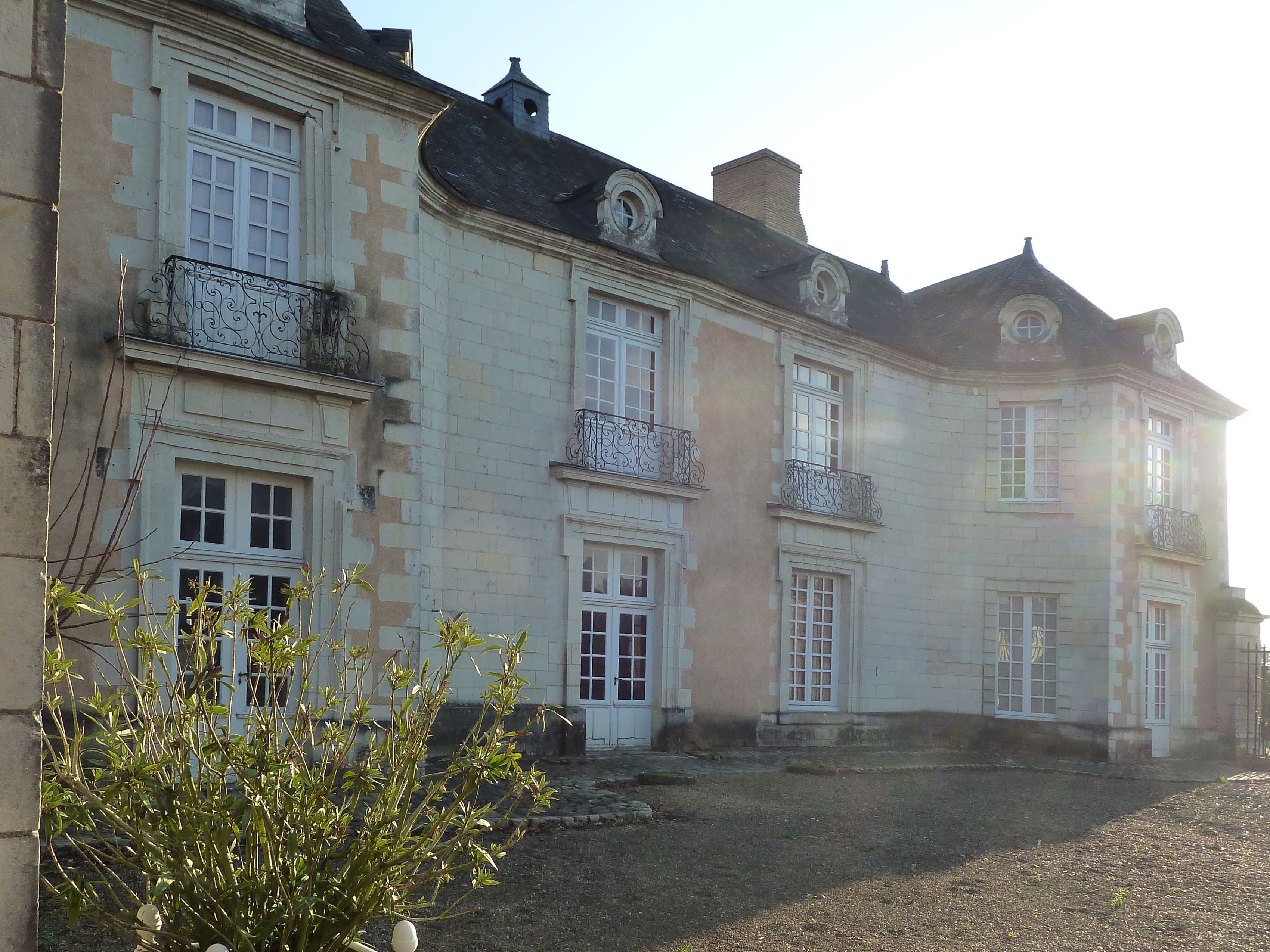
[Wikimedia Commons](https://commons.wikimedia.org/wiki/File:Ch%C3%A2teau_d%27Orgemont_-_Angers_-_20110119.jpg)
Some of the greatest giants of historical music hail from this era of music. Household names like, Mozart, Haydn, Schubert and Beethoven have their compositions either firmly planted or straddling this era of musical style.
This era saw a greater consolidation of instruments, many instruments saw their demise in the decades leading up to this era (or during the era). Some of them, would not be heard again until the rise of the contemporary Early Music revival. Instruments such as the harpsichord, viola d'amore, viola d'gambas, recorders and sackbutts to name a few either completely fell out of favour or evolved into different instruments.
The instruments that did survive were forced to evolved with the changing demands of the composers, which required a much wider range of keys and a greater equality between different keys. The harpsichord gave way to the fortepiano, the wind instruments either developed a more complex finger key system (oboes and flutes) or evolved completely (clarinets from the Baroque chalumeau) and the string instruments developed stronger more consistent bows and internal/external structures.
A certain level of standardisation that carried through to the modern era was born in the Classical age. The structure of the orchestra, with the string section (1st/2nd/viola/cello/bass), winds (flute, clarinet, oboe, bassoon), brass and percussion was formalised and has held mostly constant through to the present day. The development of the string quartet and the piano taking a foremost role in many chamber ensembles also developed in this era and continued to stay dominant.
###
Musical Examples of the Classical

#
Romantic Music (1780-1900)
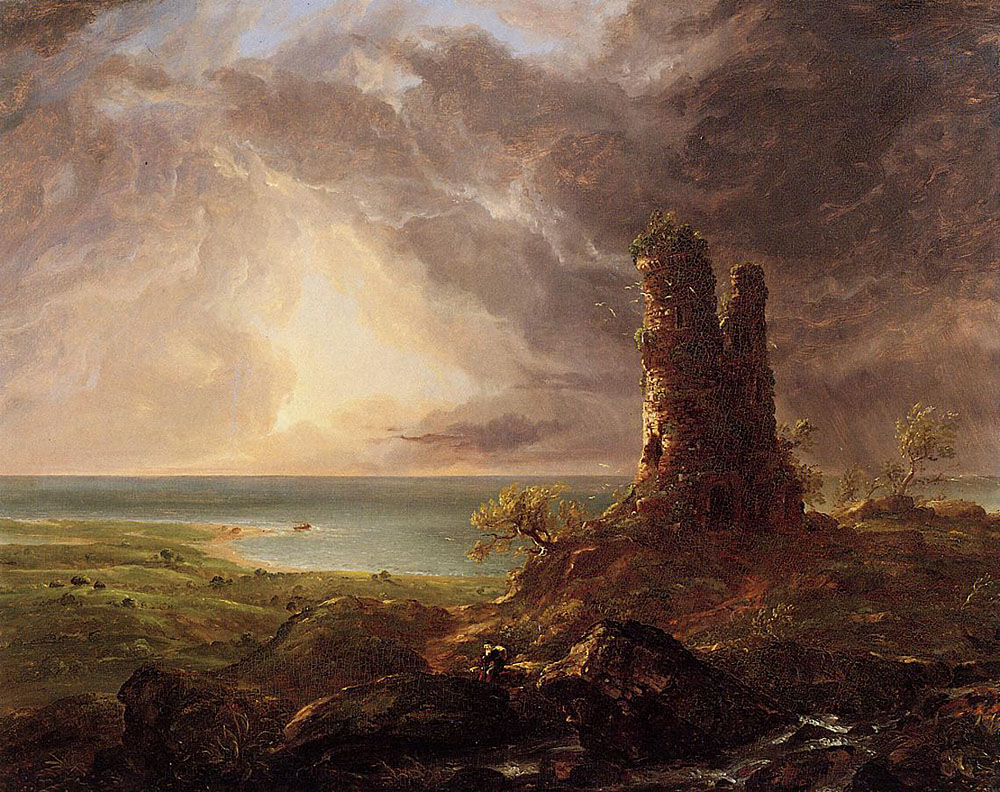
[Wikimedia Commons](https://commons.wikimedia.org/wiki/File:Cole_Thomas_Romantic_Landscape_with_Ruined_Tower_1832-36.jpg)
The earlier eras of music were defined by the "lack of self" in the music. In the Baroque, the music and affects were considered the universal emotions, from religion or those that were the pure affects that were considered part of the natural order of things. The Classical, likewise was concerned with the events and emotions that were not tied to the composer/performer but were more looking in upon a story.
The Romantic era shifted this idea, and the music was concerned more with the personal emotions and reflections of the composer (and in part the performer). It was an age where music was considered as more of an "artistic" venture rather than the almost "craft" ideas from the Baroque.
The music ranged much further in to harmonies that were hinted at during the close of the previous Classical era, with composers like Beethoven, CPE Bach and Schubert straddling the genre divide. The fortepiano developed further into the more modern pianoforte with a greater power and brilliance available to a fully metal bound monster. New instruments were experimented with, such as the saxophone (which didn't stay) and a wide and larger percussion section (such as xylophones, celestas and non-timpani drums, which did continue).
In addition, the wind section evolved considerably to adapt to more adventurous harmonic demands of the composers, developing much more complex key mechanisms that carry through to the modern day instruments. They also started to standardise the concept of having much larger (like contrabassoon) and smaller (like piccolo) instruments as permanent members of the wind section.
It was also a period of size inflation for the orchestra. Baroque orchestras tended to be around 15 people at a maximum, Classical would be around 40 whilst a Romantic orchestra would begin to peak over 80 musicians. Needless to say, it was a time t
Breaking down the eras of Classical Music
@bengy
· 2018-06-21 14:29
· music
#music
#teamaustralia
#history
#writing
#ocd-resteem
Payout: 0.000 HBD
Votes: 270
More interactions (upvote, reblog, reply) coming soon.